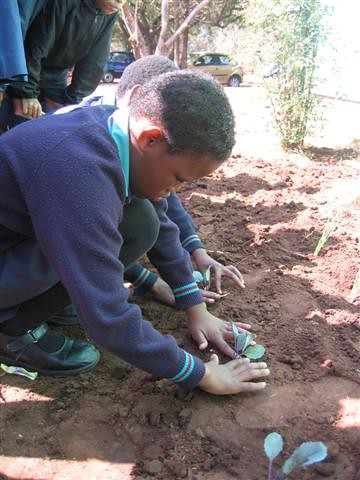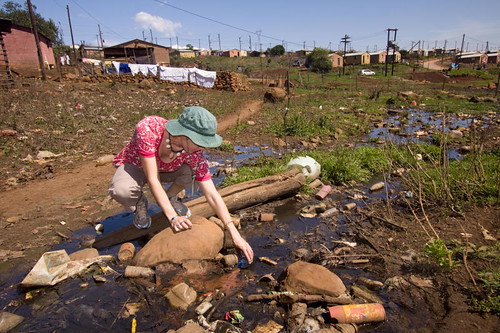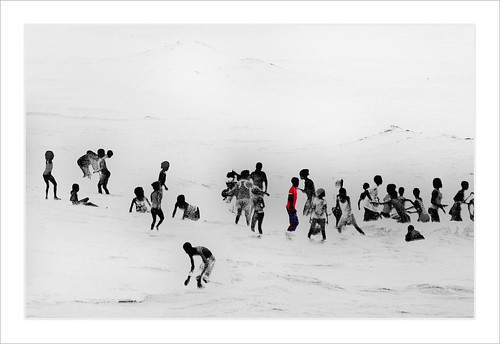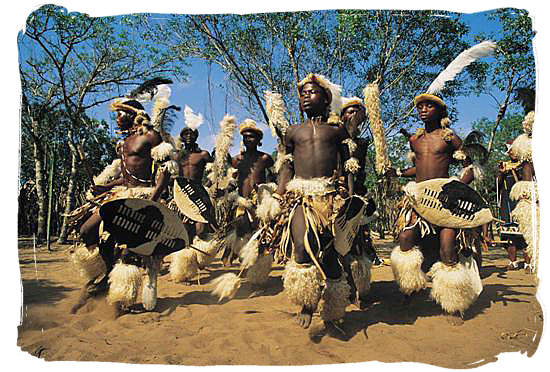 Images: Above: Map of East London. Source: http://sa-venues.com.
Images: Above: Map of East London. Source: http://sa-venues.com.
Below: the Boxer taxi rank. Source: http://brabysproperty.co.zaWithin a few days of emailing
WESSA I received a message back from Catherine Andersson, their project manager for environmental education, saying that she’d be interested in meeting me. We set up a date and I went about finding the way to Beacon Bay, where their office is located. For this I was able to use the expertise of Matt, who was here last year and was one of our teachers for the prep course. He used to stay in Beacon Bay, so he knew its taxi system well, and sent me a really helpful Google Map with stops labeled. I plotted out my route from the nearest stop to the WESSA office, about a 20 minute walk, and went through the whole route on the map until I was sure I could work it. Just in case any of you ever need to find your way from Devereux to WESSA, I’m going to take you through the step-by-step directions. You can also follow along on
the Google Map.
1. Leave the house a couple hours before your appointment. Walk from home to Devereux street, wait until you see a taxi or hear one honking and point toward town (to the right). Listen for them to yell “Townie.” If they say “Mdantsane,” it’s going the other way. Don't get on that one.
2. When one pulls over, hop in. You may have to give the mamas a chance to shift over if it’s one of the smaller taxis; just squash in alongside them.
3. Pass up 6 rand to the yeller if you’re in a van or the driver in a car. It’s best to have exact change. If you’re in the back, just tap the person in front of you and they’ll pass your change forward.
4. The taxi takes you along Oxford Street. A couple streets before Gladstone, around City Hall, call out “Absa 2” or “2nd Absa,” and they’ll stop at the corner of Gladstone, next to an Absa bank. Cross Oxford and head down Gladstone until you find a store called Boxer, surrounded by taxis going in all directions. This is the Boxer taxi rank.

5. Right across from the Boxer there’s a parking lot with a few rows of taxis. If you stand there for a moment, someone will ask you where you’re headed, or you can just go up to one of the men who are yelling and pointing authoritatively. Tell him Bonza, Bonza Bay, or Beacon Bay (or a combination of the three until he gets what you mean), and he’ll point you where you need to go. It should be the van nearest the street. Jump in and hope it fills quickly. Avoid the vendors trying to sell you sweets, sunglasses and cell phones.
6. Once the taxi starts moving pass up your 6 rand, then just enjoy the trip. You’ll cross the Buffalo River, which is nice. When you’ve been going for a good while the caller or driver will ask something about Pick n Pay or Spargs, and you’ll want to say Spargs. Keep your eyes open for a retail park or mall with the sign that says Spargs, with a Super Spar inside it. This is your stop.
7. Cross the street to Spargs then continue in the direction you were driving until you reach Beaconhurst, then turn right.
8. Walk a while. This is a relatively quiet residential area, so you may feel uncomfortable after spending so much time on Oxford and Devereux. Just try to relax and enjoy the walk.
9. Turn left on Blue Bend road, and you’ll see the sign for WESSA, within the Nahoon Estuary Nature Reserve, which is called the Dassie Trail by most locals. Tell the people at the booth that you’re going to WESSA and you won’t have to sign in. You’ve arrived!
My meeting with Catherine went very well. I immediately felt at home in her office, surrounded by environmental messages and recycling bins. Unfortunately most of their activities are finished for the year, since schools were busy with exams, but she had a few things I could become involved with, including assessments of the Eco-Schools portfolios. She also got me in touch with Jakob and Paula, two young German volunteers who are working on setting up an environmental club at Inkwenkwezi High School in Mdantsane. I left very happy, but again wishing that I’d found WESSA sooner.
















